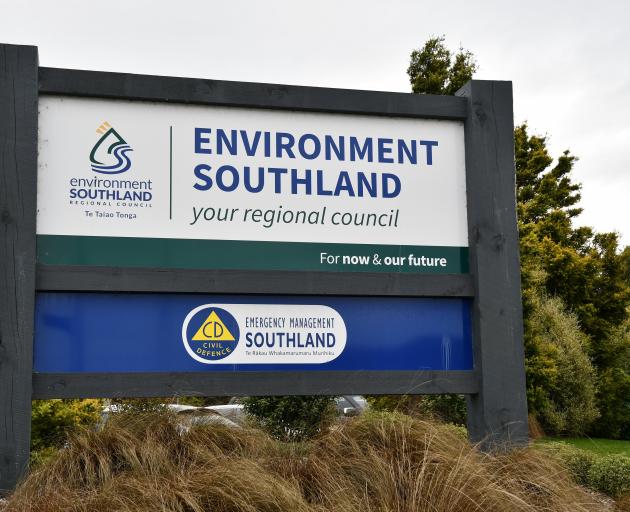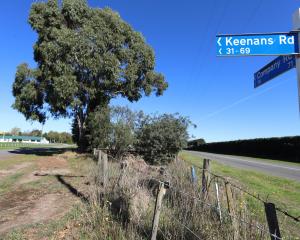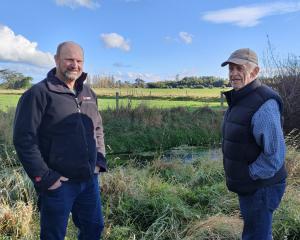
The decision was shared with employees on Thursday, following a three-week consultation period and meetings with impacted parties.
As part of the process, 58 new positions will be created, including two within general manager roles.
In a statement, council chief executive Wilma Falconer said the engagement with staff during the consultation had been constructive, and feedback had led to changes in the original proposal.
"We embarked on this process to ensure we have the right structure and resources to respond to our communities and the unique environment we work in," Ms Falconer said.
The organisational design document, which was obtained by Local Democracy Reporting, clarified the restructure was not initiated to reduce staff numbers but to enhance the efficiency of the organisation. It also noted that, overall, staff felt the changes were heading in the right direction.
However, one source reported morale within the organisation had been "dire", with employees disengaged, working from home, or taking sick leave following the consultation period.
A point of concern raised during the consultation was the addition of a new general manager role in the new organisational design. Staff expressed fears the organisation was becoming "too top-heavy", as outlined in the organisational design document.
They also raised concerns about a lack of transparency in the reasoning behind the new position.
In response, the council has created two new general manager roles — general manager of science and general manager of strategy and regulation — while maintaining the total number of such positions at six.
Affected staff must now decide where they sit with the organisation, as the new structure will take effect on Monday.
A contestable section and expression-of-interest process will begin, with open recruitment for unfilled positions.
If employees are unable to secure new roles within the restructure, they will be made redundant.
The restructure marks the second phase of a process that began last year with upper management.
A proposal document from February showed the organisation had a total of 212 roles.














